News
What is the rarest bird in the world? Discover the Spix’s Macaw
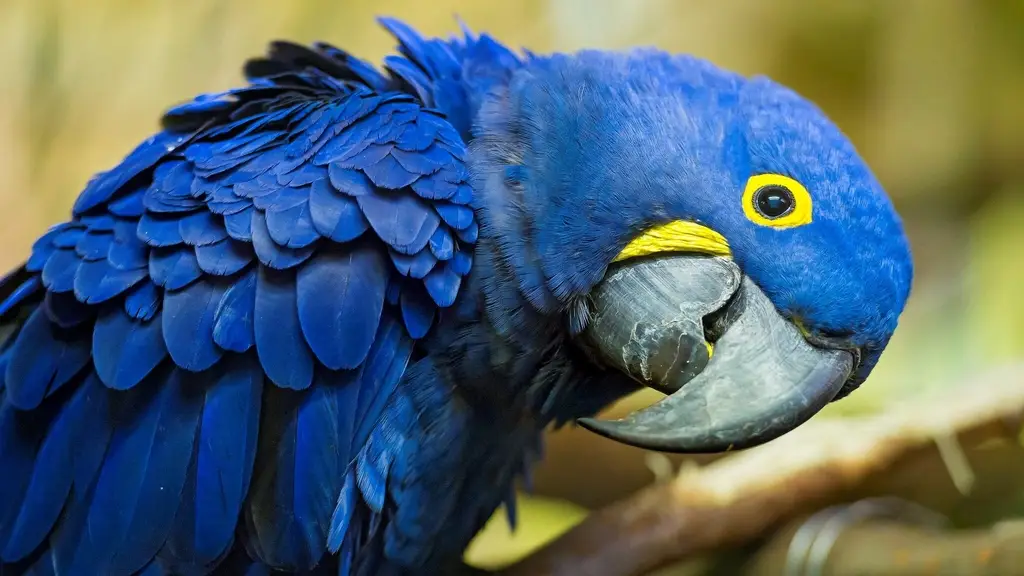
Birds are some of the most diverse and fascinating creatures on Earth, but sadly, many species are on the brink of extinction. Among these, one particular question often arises: what is the rarest bird in the world?
The answer to this question is not only intriguing but also highlights the urgent need for conservation efforts.
Whether you’re a wildlife enthusiast or simply curious about nature as part of your lifestyle, this article will explore what is the rarest bird in the world, the factors that have led to its critically endangered status, and what is being done to protect it.
What Is the rarest bird in the world?
As of 2024, the title of the rarest bird in the world belongs to the Spix’s Macaw (Cyanopsitta spixii). Native to Brazil, the Spix’s Macaw is critically endangered, with only a handful of individuals left in the wild. For many years, this striking blue parrot was considered extinct in the wild, but thanks to recent conservation efforts, a few birds have been reintroduced to their natural habitat.
The Spix’s Macaw: A Brief Overview
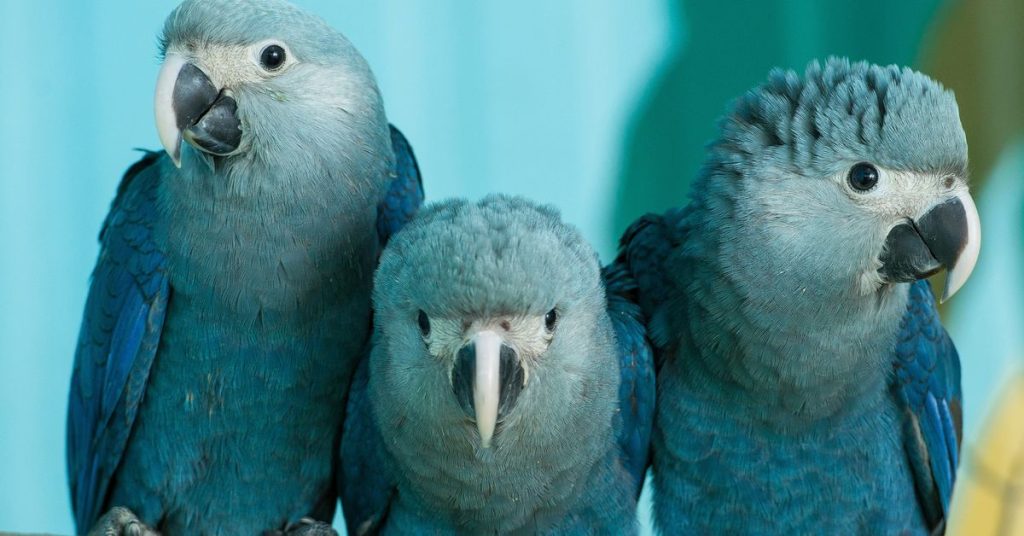
The Spix’s Macaw, also known as the Little Blue Macaw, is famous not only for its rarity but also for its stunning appearance. It is a medium-sized parrot, known for its vibrant blue feathers and greyish-blue face. The bird’s beauty and intelligence made it highly sought after in the illegal pet trade, contributing to its rapid decline in the wild.
- Scientific name: Cyanopsitta spixii
- Conservation status: Critically Endangered
- Habitat: Dry forests and gallery woodlands in Brazil
Why Is the Spix’s Macaw the rarest bird in the world?
Several factors have contributed to the Spix’s Macaw becoming the rarest bird in the world. The main reasons include habitat destruction, illegal trapping for the pet trade, and competition with other species. Let’s explore these in more detail:
1. Habitat loss
One of the primary reasons for the decline of the Spix’s Macaw is the destruction of its natural habitat. The bird is native to the Caatinga region of Brazil, a unique dry forest ecosystem. Over the years, deforestation, agriculture, and land conversion have significantly reduced the area of suitable habitat for the Spix’s Macaw, limiting their chances of survival.
2. Illegal pet trade
The Spix’s Macaw was once a highly prized pet due to its beautiful blue feathers and rarity. Unfortunately, this led to widespread illegal trapping and trafficking. Many individuals were captured and sold, which further decimated the wild population. The high demand in the exotic pet market played a significant role in driving the species to near extinction.
3. Competition with other species
The introduction of invasive species, such as African bees and other bird species, has also affected the Spix’s Macaw population. These invasive species compete for nesting sites and food resources, making it even more difficult for the Spix’s Macaw to thrive in the wild.
Conservation efforts to save the Spix’s Macaw
Despite the challenges, there has been a glimmer of hope for the Spix’s Macaw thanks to ongoing conservation efforts. Various organizations, including the Association for the Conservation of Threatened Parrots (ACTP) and the Brazilian government, have launched initiatives aimed at restoring the species to its natural habitat.
1. Captive breeding programs
Captive breeding programs have played a crucial role in the conservation of the Spix’s Macaw. These programs are designed to increase the population of the species in captivity with the long-term goal of reintroducing them into the wild. As of 2024, there are around 200 Spix’s Macaws in captivity, with a small but growing number being reintroduced into protected areas in Brazil.
2. Reintroduction into the wild
In recent years, conservationists have begun reintroducing Spix’s Macaws into their natural habitat. In 2019, the first successful reintroduction took place, with several birds being released into the Caatinga region. The reintroduction process involves careful monitoring of the birds to ensure their adaptation to the wild and their ability to survive without human intervention.
3. Habitat restoration
Restoring the Spix’s Macaw’s natural habitat is a crucial aspect of the conservation efforts. Organizations are working to protect and restore the remaining patches of the Caatinga forest, creating safe environments where the birds can thrive. This includes planting native trees, securing protected areas, and limiting human interference in key habitats.
4. Education and awareness
Raising awareness about the plight of the rarest bird in the world is another vital step in ensuring the survival of the Spix’s Macaw. Educational programs aimed at local communities, as well as international campaigns, are helping to reduce the illegal pet trade and promote conservation efforts. By educating the public about the importance of biodiversity and the role that birds like the Spix’s Macaw play in the ecosystem, conservationists hope to build long-term support for the species’ recovery.
Other contenders for the title of rarest bird in the world
While the Spix’s Macaw currently holds the title of the rarest bird in the world, there are several other bird species that are critically endangered and could be considered among the rarest:
1. The Kakapo (Strigops habroptilus)
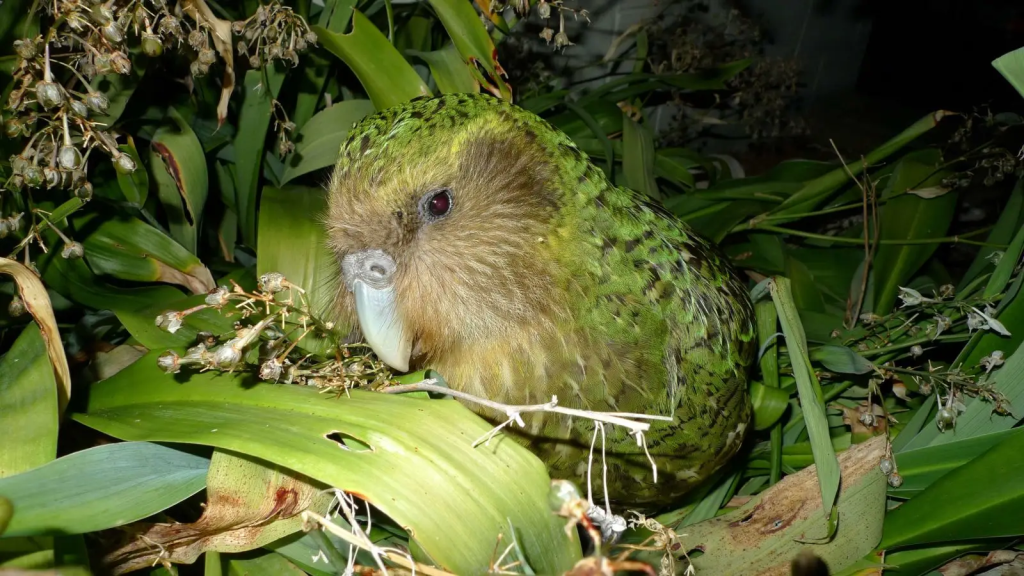
The Kakapo is a flightless parrot native to New Zealand and is also critically endangered. With fewer than 250 individuals left, this nocturnal bird faces threats from habitat destruction and predation by introduced species like rats and stoats. Conservation efforts have been somewhat successful, but the Kakapo remains one of the rarest birds in the world.
2. The Imperial Amazon (Amazona imperialis)
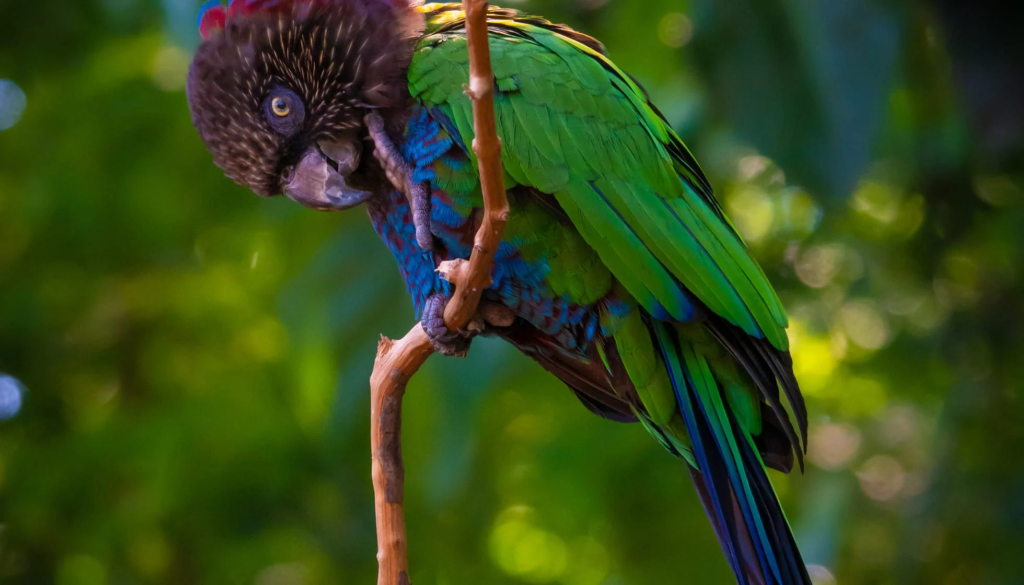
Found only on the Caribbean island of Dominica, the Imperial Amazon is another critically endangered bird. Known for its striking green, purple, and blue feathers, there are estimated to be fewer than 50 individuals left in the wild. The species has suffered from habitat loss due to hurricanes and deforestation.
3. The Philippine Eagle (Pithecophaga jefferyi)
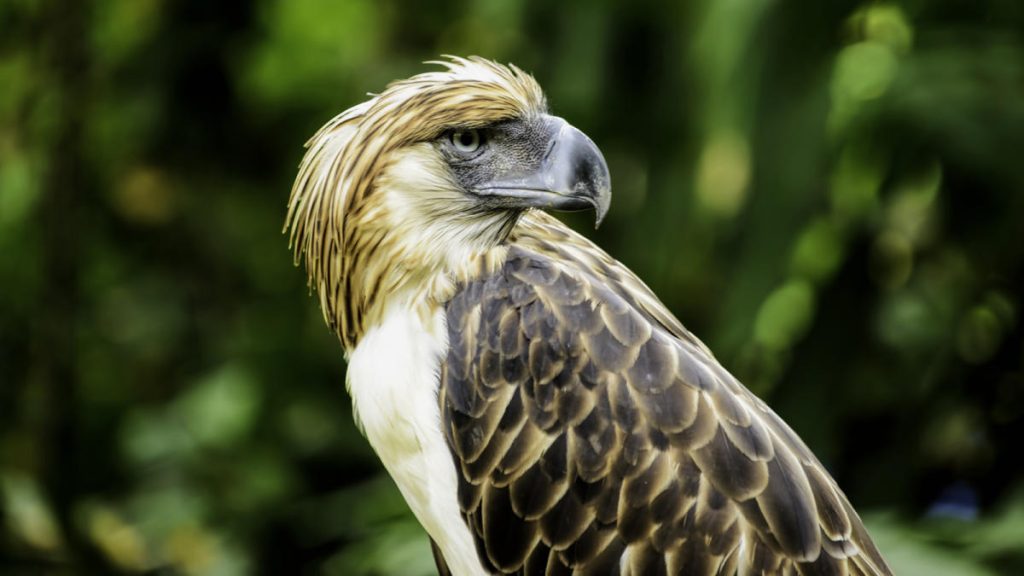
The Philippine Eagle, also known as the Monkey-Eating Eagle, is one of the largest and most endangered eagles in the world. Found only in the Philippines, its population has dwindled due to deforestation and hunting. With only a few hundred individuals remaining, it is one of the most critically endangered birds in the world.
Final thoughts
As of 2024, the Spix’s Macaw is considered the rarest bird in the world, with only a small number of individuals in the wild and a growing population in captivity. The factors leading to its rarity include habitat destruction, illegal trapping for the pet trade, and competition with invasive species.
Fortunately, conservation efforts, including captive breeding, reintroduction programs, and habitat restoration, are offering hope for the survival of this beautiful blue parrot. The plight of the Spix’s Macaw serves as a reminder of the importance of protecting endangered species and their habitats to preserve biodiversity for future generations.
